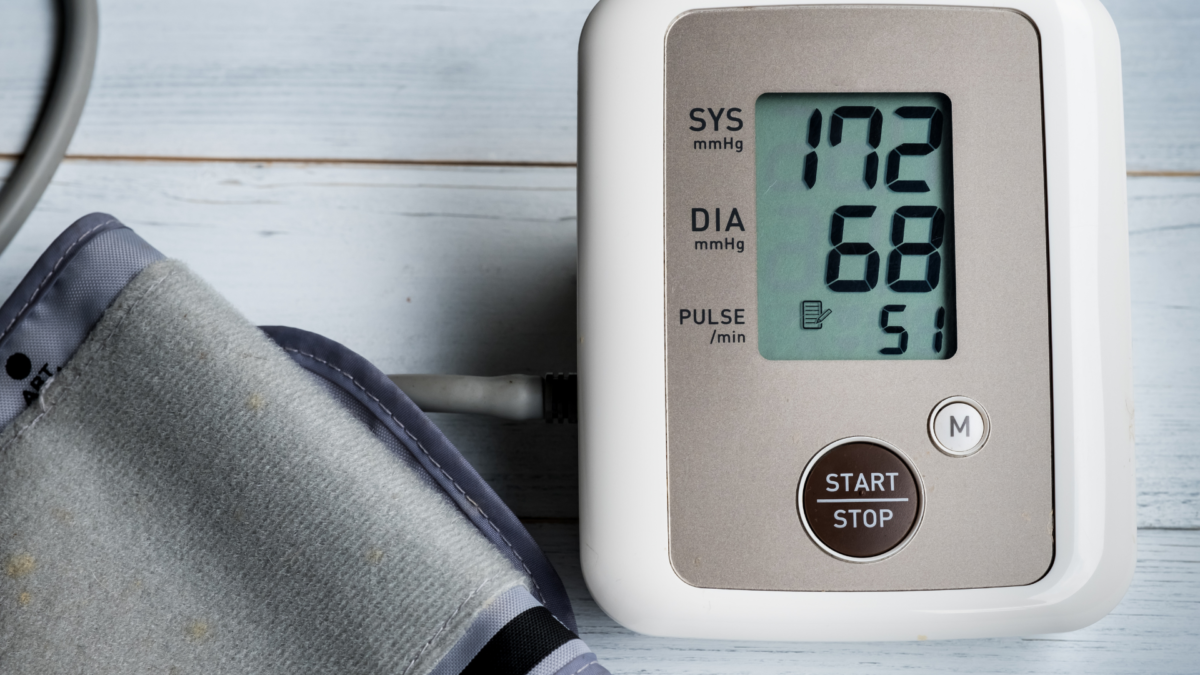
Waist Circumference, Blood Sugar Tied to Blood Pressure Control in Nigerians
Larger waist circumferences and uncontrolled blood sugar are linked to poor blood pressure control in Nigerians with type 2 diabetes and hypertension, according to a small study.
“Individual strategies that promote healthy waist circumference and stringent glycaemic [blood sugar] control may help in achieving target BP [blood pressure] control, the researchers wrote.
The study, “Prevalence of hypertension and determinants of poor blood pressure control in patients with type 2 diabetes mellitus attending a tertiary clinic in Lagos, Nigeria,” was published in Annals of African Medicine.
Hypertension, defined as a blood pressure >140/90 mmHg, affects 35%-75% of people with type 2 diabetes. Besides increasing the risk of chronic kidney disease, cardiovascular disease and other complications, it accelerates the morbidity and mortality associated with diabetes.
Consequently, international guidelines recommend tight blood pressure control and suggest a blood pressure target of <130/80 mmHg for those with diabetes, hypertension and other co-existing conditions. Although Nigerians with type 2 diabetes and hypertension are aware of the recommendations, very few achieve their targets.
Nigerian scientists investigated the reasons for uncontrolled blood pressure among these individuals.
They enrolled 238 individuals [36.5% male, mean age 61 years] with type 2 diabetes attending an outpatient clinic in a specialist hospital in Lagos, Nigeria. The researchers measured the participant’s weight, height, glycated haemoglobin (HbA1c), waist circumference and blood pressure and recorded information about their medication history and adherence.
A total of 187 individuals had hypertension, and 180 (96.3%) were already aware of the condition. All 180 individuals took between one and four antihypertensive medications, with 133 taking at least two. Calcium channel blockers were the most commonly prescribed drug (55.1%), followed by angiotensin-converting enzyme (ACE) inhibitors (48.1%), thiazide diuretics (46.0%) and angiotensin receptor blockers (ARBs) (38.1%).
Despite the high awareness and treatment rates, only 17.1% of patients achieved the recommended blood pressure target of <130/80 mmHg. Medication adherence was an unlikely cause of the low blood pressure control rates since participants with uncontrolled blood pressure also took their medication as prescribed, suggesting “the possibility of other contributory factors.”
Indeed, participants with uncontrolled blood pressure had lower incomes and were more likely to have obesity with significantly larger waist circumferences and poor blood glucose control (defined as an HbA1c ≥7%). However, waist circumference and poor glucose control were the main determinants of poor blood pressure control; participants with poor glucose control were five-fold more likely to have uncontrolled blood pressure. And every unit increase in waist circumference increased the risk of uncontrolled blood pressure by 4%.
“This association could be explained by the fact that both increasing WC [waist circumference] and poor glycemia are direct stimulants of elevated BP through the ability to cause vascular remodelling, among others. Furthermore, both increasing WC and poor glycaemia, as well as elevated BP, are strongly linked with lifestyle habits…” the researchers wrote.
The researchers noted some limitations to the study, including the inability to collect data on the participants’ lifestyle habits.
“The prevalence of co-morbid hypertension in Type 2 DM patients in our setting is high, and the BP control rate is low. Individualized weight reduction and glycaemic control strategies may help achieve target BP control,” they concluded.
The Take-Home Message
This study reinforces established knowledge, i.e., poor lifestyle choices increase the risk of high blood pressure and poor blood sugar control in people with (and without) diabetes. If you live with these conditions, focus on crowding your plate with vegetables and including moderate portions of unrefined grains, starchy vegetables, high-quality protein and fat. Moderate exercise, reducing your salt intake, reducing stress and getting enough sleep are also important.
When in doubt, always seek help from a registered professional who can help you make healthy, sustainable diet and lifestyle changes.


